Table of Contents
ToggleIn a world where software bugs lurk like ninjas in the shadows, Sentry software emerges as the superhero every developer needs. With its keen eye for spotting errors and performance issues, it swoops in to save the day, ensuring users enjoy a seamless experience. Imagine a trusty sidekick that alerts you to problems before they become full-blown disasters—Sentry does just that!
Overview of Sentry Software
Sentry software provides developers with essential tools for monitoring application performance and identifying bugs. This platform integrates seamlessly into various workflows, allowing for real-time error tracking and performance monitoring. Equipped with features like issue aggregation and alert notifications, Sentry ensures developers receive immediate feedback on software behavior.
Developers appreciate Sentry’s ability to capture rich context about application errors. Detailed reports include stack traces, user interactions, and environment data. These insights allow developers to prioritize fixes based on impact and severity. Users can view trends over time, helping them allocate resources effectively and improve overall software quality.
Sentry supports multiple programming languages and frameworks, such as JavaScript, Python, Ruby, and more. Flexibility in integration makes it a valuable asset for a wide range of projects. Teams can tailor notifications to fit their specific needs, ensuring no critical issues get overlooked.
Sentry also enhances collaboration within development teams. By providing comprehensive dashboards and visualizations, teams can discuss issues more effectively and speed up resolution times. The software leverages a user-centric design, contributing to a smoother user experience for both developers and end-users alike.
Overall, Sentry software stands out as a vital tool for maintaining healthy applications and delivering high-quality user experiences. Its proactive approach to monitoring and issue resolution significantly reduces the risk of major software failures.
Key Features of Sentry Software
Sentry software offers developers a range of critical features that enhance application performance and usability.
Error Tracking and Monitoring
Error tracking serves as a cornerstone of Sentry’s capabilities. It provides real-time notifications for application errors, allowing teams to respond swiftly. Developers receive detailed reports including stack traces and user actions, essential for diagnosing issues. Aggregated insights help pinpoint recurring errors across different environments. Debugging becomes manageable with comprehensive context, prioritizing fixes that impact user experience the most.
Performance Monitoring
Performance monitoring features play a vital role in maintaining application health. Sentry tracks metrics such as response times and throughput, delivering insights into performance bottlenecks. Alerts trigger when performance thresholds are crossed, enabling proactive intervention. Developers can segment performance data by user actions or transactions, helping identify trends and anomalies. This functionality not only improves application efficiency but also enhances overall user satisfaction.
User Feedback Integration
User feedback integration significantly enhances Sentry’s usability. The software captures user interactions along with error reports, offering a holistic view of application performance. Developers can analyze direct feedback from users, providing context to errors and performance issues. This integration fosters improvements based on actual user experiences rather than assumptions. Engaging with user insights helps prioritize development efforts, ensuring that fixes align with user needs and expectations.
Benefits of Using Sentry Software
Sentry software offers significant advantages that improve software development and monitoring. Developers can streamline many processes, enhancing productivity and efficiency.
Improved Debugging Process
Sentry enhances the debugging process through detailed error reports. It provides stack traces and contextual data, making pinpointing problems straightforward. By aggregating related issues, developers prioritize fixes based on severity and impact, leading to more effective resolutions. Real-time notifications alert teams to critical errors, reducing downtime during development. This proactive approach allows developers to address issues as they arise, improving overall software quality. The integration with various programming languages means developers can adopt Sentry into their existing workflows seamlessly.
Enhanced User Experience
Sentry significantly enhances user experiences by ensuring application reliability. Capturing user feedback alongside error reports presents a comprehensive view of performance issues. Improved response times lead to increased user satisfaction, as developers can swiftly address concerns linked to bugs. By monitoring application performance metrics, developers identify and rectify bottlenecks, ultimately delivering a smoother experience. With comprehensive dashboards, teams visualize important data, facilitating informed decisions that align with user needs. Overall, Sentry empowers organizations to maintain high-performing applications that resonate with their users.
Limitations of Sentry Software
Sentry software has several limitations that users should consider. These constraints can impact its overall effectiveness in certain scenarios.
Cost Considerations
Costs associated with Sentry software can escalate quickly, particularly for larger teams or projects. Pricing tiers vary based on features and usage, which can lead to unexpected expenses. Budgeting becomes essential, as advanced functionalities come at premium rates. Small businesses might find the costs prohibitive compared to simpler alternatives. Evaluating specific needs against budgetary constraints helps in making informed decisions.
Learning Curve for New Users
New users often face a significant learning curve when first engaging with Sentry. The comprehensive feature set can overwhelm those unfamiliar with error monitoring tools. Familiarity with software development practices enhances the onboarding process. Documentation provides essential guidance but might not cover all use cases comprehensively. Dedicated training sessions can alleviate the challenges of initial setup and feature utilization. Adopting the platform gradually helps users become proficient over time.
Sentry software stands as a powerful ally for developers seeking to enhance application performance and user experience. Its robust features streamline the debugging process and offer real-time insights, enabling teams to address issues swiftly. While it brings undeniable advantages, potential users should weigh the costs and the learning curve involved.
By adopting Sentry thoughtfully and leveraging its comprehensive tools, development teams can significantly improve their software quality and responsiveness. Ultimately, Sentry’s ability to capture detailed error reports and user feedback positions it as an essential component in the toolkit of modern software development.






